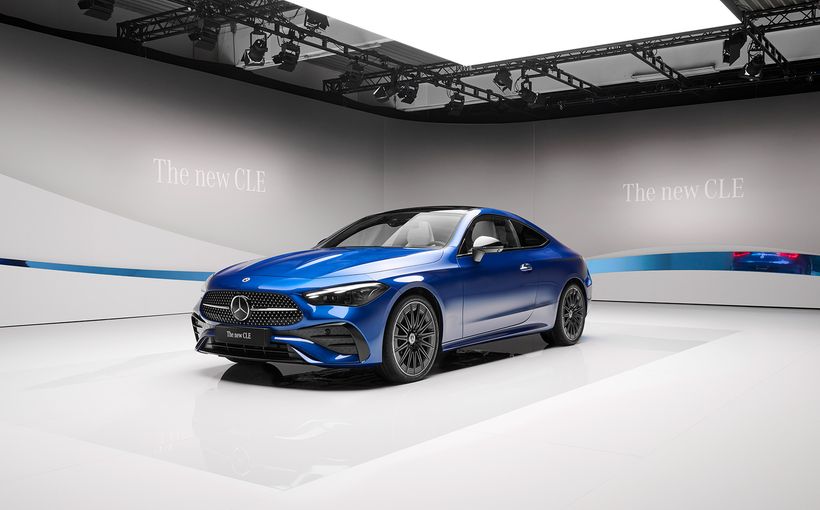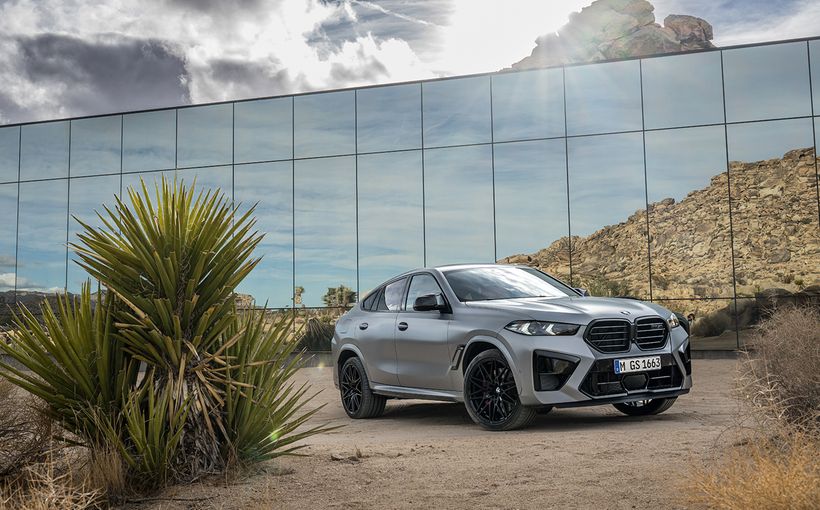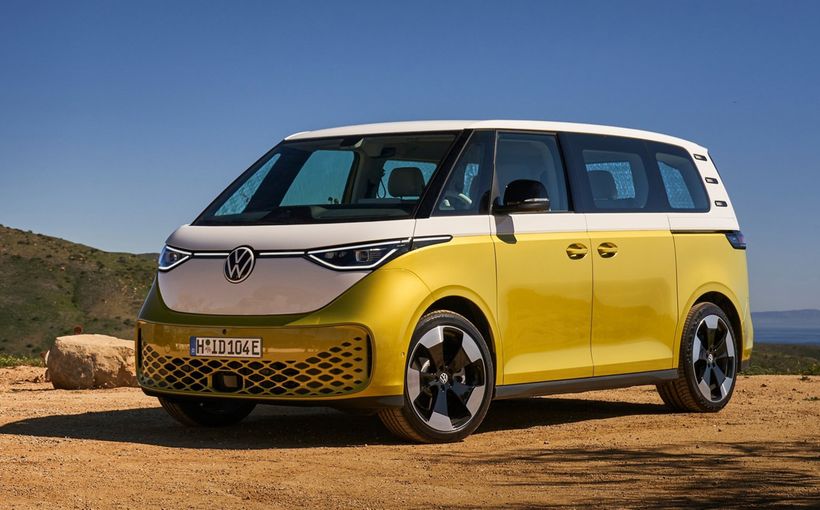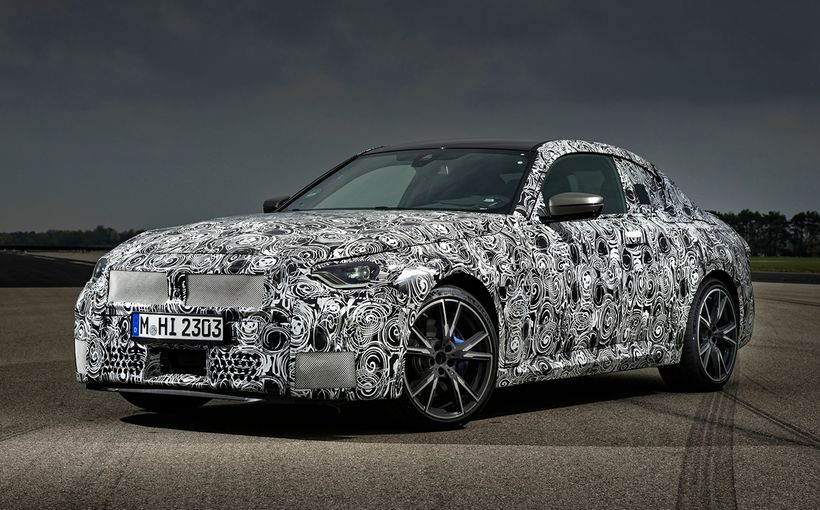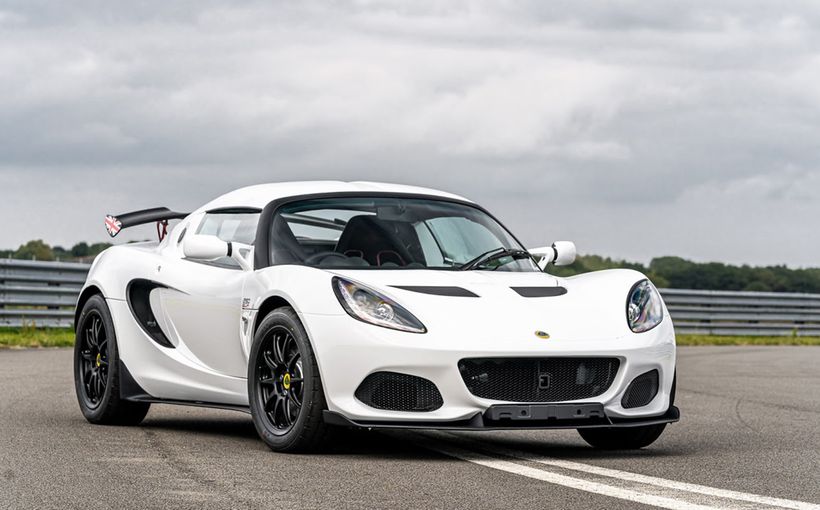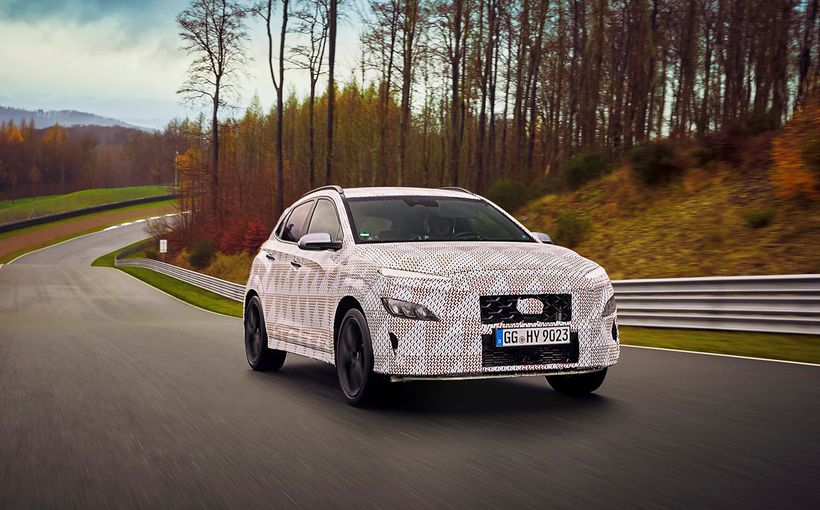Short-wheelbase 4x4s are back with the return of the Land Rover Defender 90
There was a time in the Australian 4x4 scene that short-wheelbase models were common, with buyers treated to a range of two-door offerings that blend typical four-wheel-drive ability with a more user-friendly size for parking around town.
Over the years, the local market has seen models like the Toyota Bundera, Nissan Patrol GQ, Ford Maverick, Mitsubishi Pajero SWB, Isuzu Vehicross and MU, Toyota FJ Cruiser, Daihatsu Rocky or Feroza and a even short-wheelbase Toyota Prado, all of which have offered buyers the same ruggedness and greater manoeuvrability as their larger, four-door siblings.
Fast forward to 2020 and there are only really two offerings for two-door 4x4 enthusiasts – the Suzuki Jimny and Jeep Wrangler, mainstays of the 4x4 community that have been revitalised in all-new guise in recent years.

However later this year, that is about to change with one of the most iconic short-wheelbase four-wheel drives set to return to Australian showrooms, albeit with a much different look and construction compared to its forebears.
That model is the Land Rover Defender 90 – named for its 90-inch wheelbase – which is set to touch down in all-new guise around October to join the larger four-door 110 model.
The all-new model marks the first time that the Defender nameplate has seen a complete generational change, with the legendary model that went out of production in 2016 able to trace its roots all the way back to the original off-roader that started the Land Rover brand in 1948 post-war Britain.

Given how long it has been since Land Rover made a ground-up design for its original model, the all-new Defender 90 has seen some wholesale changes that bring it firmly into the 21st century, starting with its underpinnings.
A common story nowadays, the tried-and-true but agricultural live front and rear axles have been swapped out for a more sophisticated and comfortable independent suspension set-up all-round, which Land Rover has set up for maximum off-road ability.
With coil springs offered as standard, the Defender 90 is also optionally available with air suspension which helps raise ride height by up to 135mm at the front and 145mm at the rear, which also allows for 500mm of articulation and 900mm of wading depth.

Off-road ability – the undeniable hallmark of the Defender – is also said to be enhanced over outgoing models thanks to features such as its Terrain Response 2 traction control system, centre and rear locking differentials and impressive approach, departure and breakover angles.
The new Defender is built on its own unique all-aluminium platform dubbed D7x, which Land Rover claims is three times stiffer than a traditional body-on-frame architecture, and is ready for the future with the ability to support electrified powertrains.
At launch, a range of petrol and diesel powertrains will be offered, however for Australia only the Defender 90 First Edition P400 will be offered initially, with other versions to follow soon after.

The most powerful offering in the Defender line-up, the P400 makes use of a 3.0-litre inline six-cylinder turbocharged and supercharged petrol engine with 48V mild-hybrid technology, resulting in outputs of 294kW/550Nm – a far cry from the 2016 model’s 90kW/360Nm 2.2-litre turbo-diesel engine.
The new mill will be joined by a pair of 2.0-litre turbo-diesel engines ranging in power from 147kW to 177kW, with torque pegged at 430Nm for both.
A plug-in hybrid (PHEV) version will launch overseas this year, while a high-performance version of the Defender could be on the way given that Jaguar Land Rover (JLR) bought out British tuning house Bowler late last year, which specialises in performance-enhanced Defenders.

While specification for the full-time Defender 90 range is yet to be detailed, the First Edition P400 will match its 110 sibling that arrives in the middle of the year, packed with matrix LED headlights, a panoramic sunroof, a contrasting black roof, rear privacy glass, Narvik Black exterior trim, 400W Meridian sound system, 12.3-inch digital instrument cluster, blind spot monitoring, video-based rearview mirror, ‘First Edition’ badging, heated front seats, heated steering wheel with a power-adjustable column, carpet floormats, branded scuff plates and 20-inch alloy wheels.
Four accessory packs will also be available, with JLR Australia expecting over half of all buyers to option at least one.
JLR Australia says the Defender has created “unprecedented demand” for the brand, with more than 50 per cent of website traffic revolving around the Defender, and expressions of interest the highest of any model to date.

No pricing has been released yet for the Defender 90, however the First Edition will likely come in a couple of thousand dollars underneath the 110, which will ask $69,990 plus on-roads – a generous step up over the utilitarian model it replaces.
The arrival of the new-generation Defender marks a new chapter in Land Rover’s history, that first began in 1948 with the creation of the original Land Rover Series I which debuted at the Amsterdam motor show in April of that year underpinned by a 1.6-litre petrol engine good for 37kW of power.
A decade later, the Series II Land Rover was launched with a larger 2.25-litre engine, followed soon after by the Series IIA in 1961which brought the headlights from the front grille to the front wings, and introduced the now-familiar 100-inch wheelbase.

In 1971, the Series III launched, coinciding with the production of the 750,000th Land Rover, which ticked over to one million by 1976.
Permanent four-wheel drive and a V8 engine were introduced in 1979, followed by coil springs in 1983 and the Ninety model a year later.
At the start of the 1990s the Ninety and One-Ten were renamed the Defender 90, 110 and 130, which largely carried on through the next decade and a half before a major update in 2007.

The final version of the old-school Defender rolled off the Solihull production line in early 2016, bring to a close one of the longest unbroken production runs in history.
There is no doubt the new Defender has massive shoes to fill, however the brand has done everything it can to ensure the new Defender remains every bit as capable and iconic as the last one.

Protect your Land Rover. Call Shannons Insurance on 13 46 46 to get a quote today.



